
3 ways to produce reliable parts faster with simulation
Last month we Markforged Simulation introduced as a free trial version in Eiger.
Simulation allows users to virtually test and validate the strength and stiffness of parts before manufacturing. What does this mean for product developers and manufacturers? Fewer iterations are required to achieve the desired final part. Ultimately, this means you can deliver reliable parts both cheaper and faster.
How can simulation optimize your product development and production processes? Here are three different ways you can use simulation to deliver reliable parts faster.
The simulation is available in Eiger as a free trial version until March 31, 2023 – Test now.
Lead Applications Engineer Charles Lu shows you how all this is possible with Simulation, the groundbreaking new feature in our Eiger software. Print the right part, the first time.
The simulation is available in Eiger as a free trial version until March 31, 2023 – Test now.
Customer trust means a win-win situation
When Pipeline Design & Engineering's client needed a custom inspection station ahead of schedule, Pipeline proposed replacing 50-60 end-user metal parts with 3D-printed Onyx parts to advance the delivery date by months.
The client, a medical device company, was skeptical about the quality of the 3D-printed parts until the final part was delivered. After seeing the result, "the floodgates opened for them," and the client recommended printing as many parts as possible in the future.
Bottom line: For risk-averse customers in a similar situation, simulation can provide tangible part performance data to increase customer confidence in part quality before printing—meaning the customer gets the part they need faster and at a lower cost.
Faster prototyping, faster production
KST Moschkau, a security systems manufacturer, is using the FX20 to replace aluminum components in one of its key products – an outdoor security camera mount – with Onyx.
For KST, the FX20 solves a critical problem in the production supply chain (read)Using aluminum parts from a machining shop meant 1) expensive prototypes and 2) highly unpredictable lead times for both prototypes and production parts. With demand for the camera mount exceeding expectations, KST was under pressure to deliver quickly.
When creating prototypes of similar parts for final production, manufacturers must test performance to ensure that the final part can reliably accommodate their customers' multi-thousand-dollar Panasonic PTZ cameras and withstand harsh outdoor conditions without deteriorating over time.
Conclusion: 3D printing saves time through faster iteration cycles – and using simulation to validate performance before printing can enable manufacturers in similar situations to create prototypes even faster and with less testing, while reducing prototyping costs even further.
Read the full report on KST Moschkau here: Read the case report
Repair chaotic supply chains without looking back
Larsen Motorsports used simulation to quickly replace an aluminum steering wheel with one made of continuous fiber reinforced Onyx, confident that it would maintain its performance even under the forces exerted on a jet-powered drag racing vehicle traveling at speeds in excess of 276 mph.
In the past, machined aluminum steering wheels took weeks or even months to arrive, as modifications were often required to meet the individual needs of the drivers. The lengthy process of modifying the stock aluminum steering wheel carries the risk of the steering wheel not being ready before the race, which can compromise safety and race performance.
ConclusionSimulation allows Larsen Motorsports to take a shortcut in the supply chain without compromising quality. The steering wheel can be easily customized and manufactured quickly without compromising performance.
How can simulation help you deliver reliable parts faster?
The simulation is available in Eiger as a free trial until March 31, 2023 – Test now.
Questions about Markforged Simulation Software
Learn more about the applications with the MarkTwo!
Which continuous filament is suitable for which application? How do I design correctly for filament 3D printing? What do users say about it, and where can I find more information? – You've come to the right place! We've listed several information sources that will help you get the answers you need.




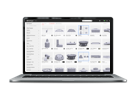
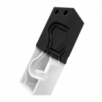
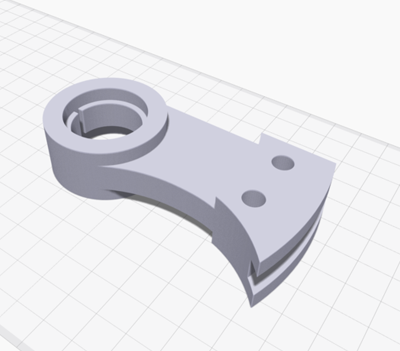
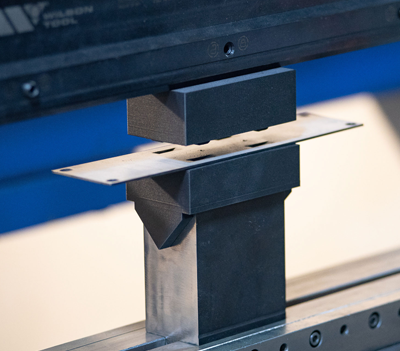
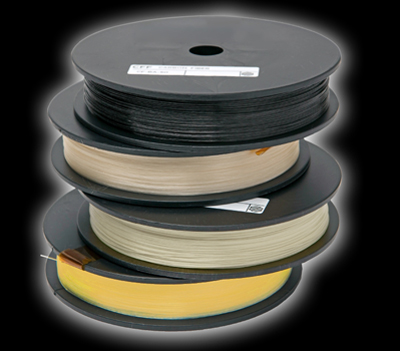
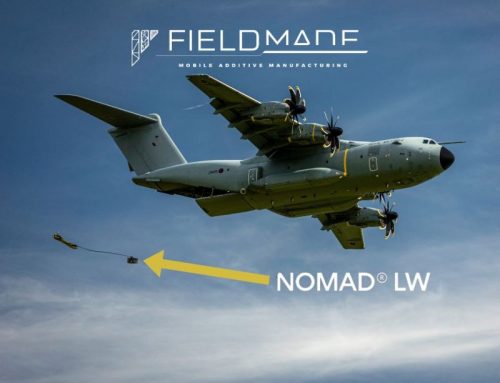
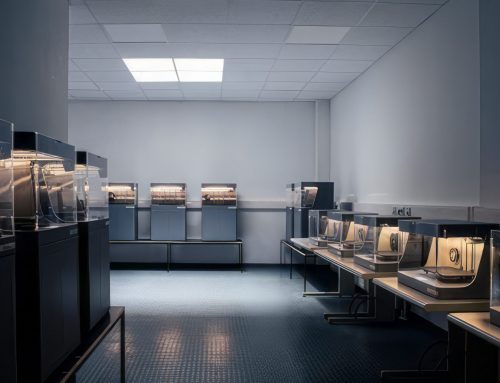
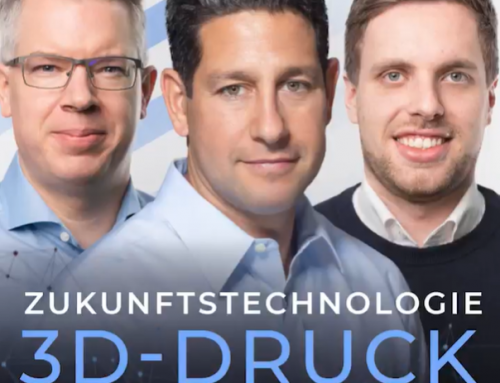
![[Podcast: Factory of the Future] Is 3D printing a business case for every factory?](https://www.mark3d.com/de/wp-content/uploads/2023/08/fabrik-der-zukunft-500x383.png)
Hinterlasse einen Kommentar